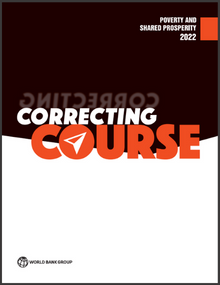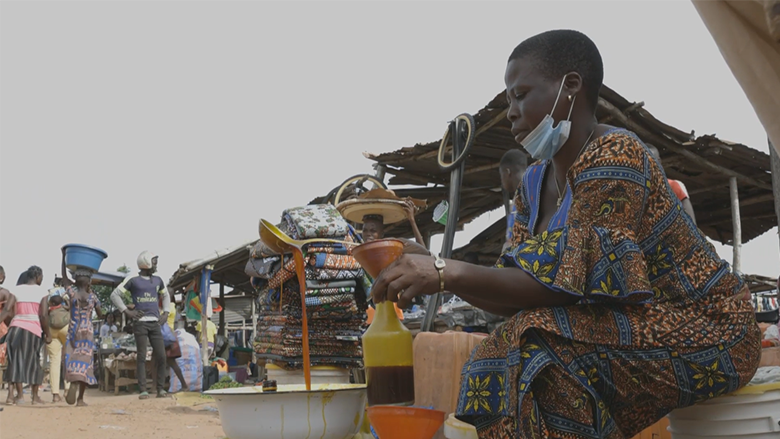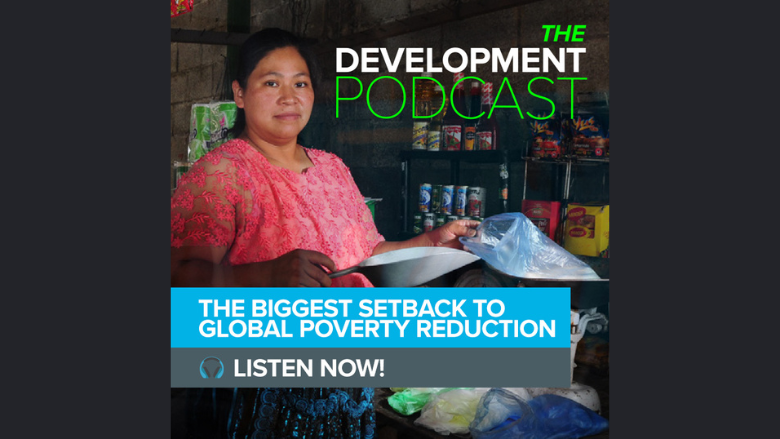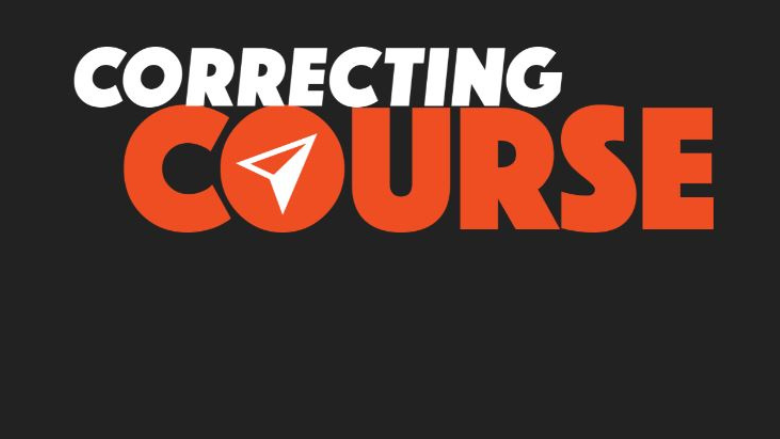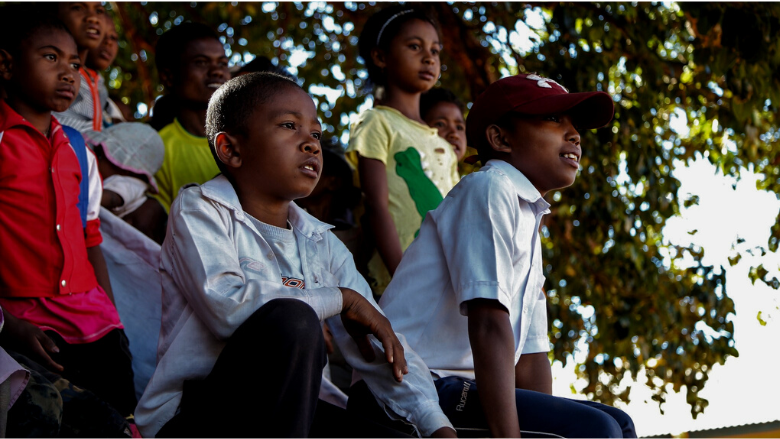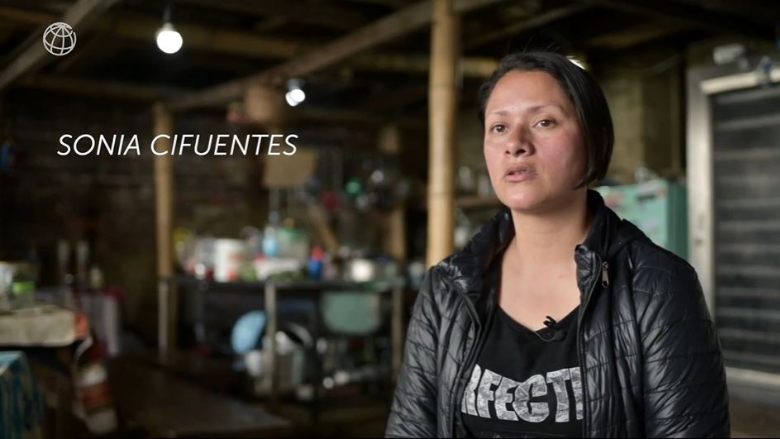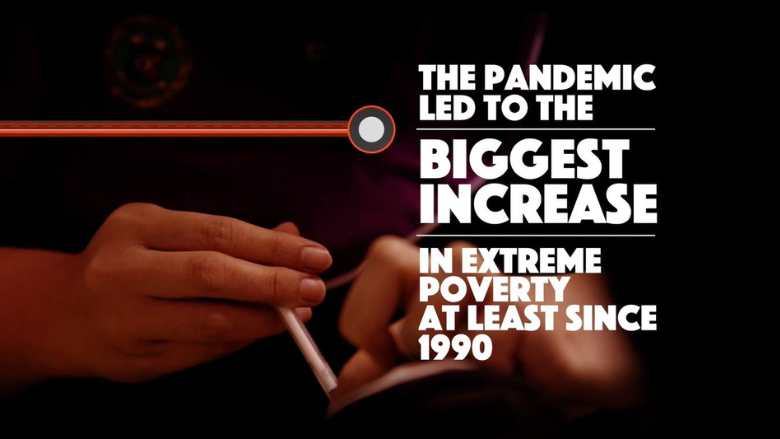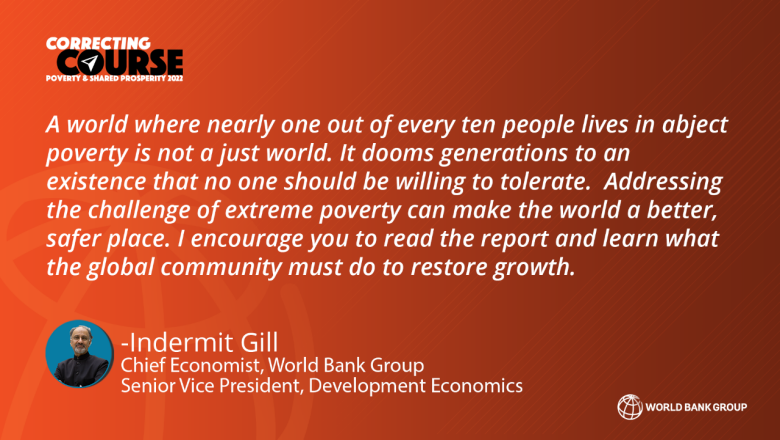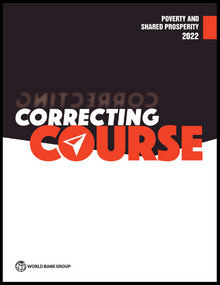Part 1: Progress on Poverty and Shared Prosperity
Progress in reducing global poverty has essentially halted: by 2030, nearly 7 percent of the world's population—nearly 600 million people—will still struggle in extreme poverty. Within-country inequality increased in as many countries as it declined, but after decades of convergence, global inequality increased. The poorest have also suffered disproportionate losses in health and education with devastating consequences.
CHAPTER 1. Global Poverty: The Greatest Setback in Decades
2020 saw the biggest setback to global poverty in decades, and the recovery has been highly uneven. This chapter presents the latest estimates on the magnitude of the setbacks. In presenting the World Bank’s first official global poverty estimates for 2019, it also describes how the world entered the COVID-19 crisis already in a weak position from a global poverty reduction perspective.
CHAPTER 2. Shared Prosperity and Inequality: Uneven Losses and an Uneven Recovery
During the pandemic, large and unequal job and income losses were reported, contributing to concerns about rising inequality within countries. This chapter draws on official data and projections to show that within countries, changes in inequality were mixed in 2020, although global inequality increased driven by differences between countries.
CHAPTER 3. Beyond the Monetary Impacts of the Pandemic: A Lasting Legacy
COVID-19 has affected many dimensions of human well-being. But how does one measure the combined extent of these impacts? This chapter explores multidimensional measurements of poverty with the latest available data, and shows that recent setbacks, if left unaddressed by policy action, will have lasting consequences for people’s lifetime income prospects.

